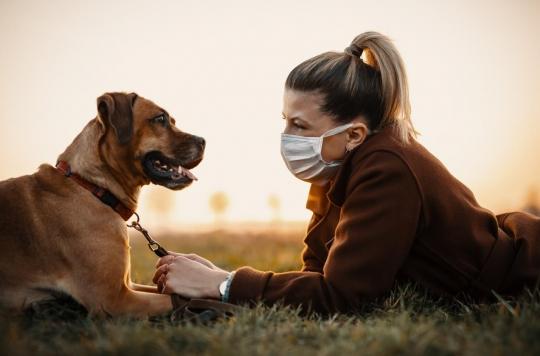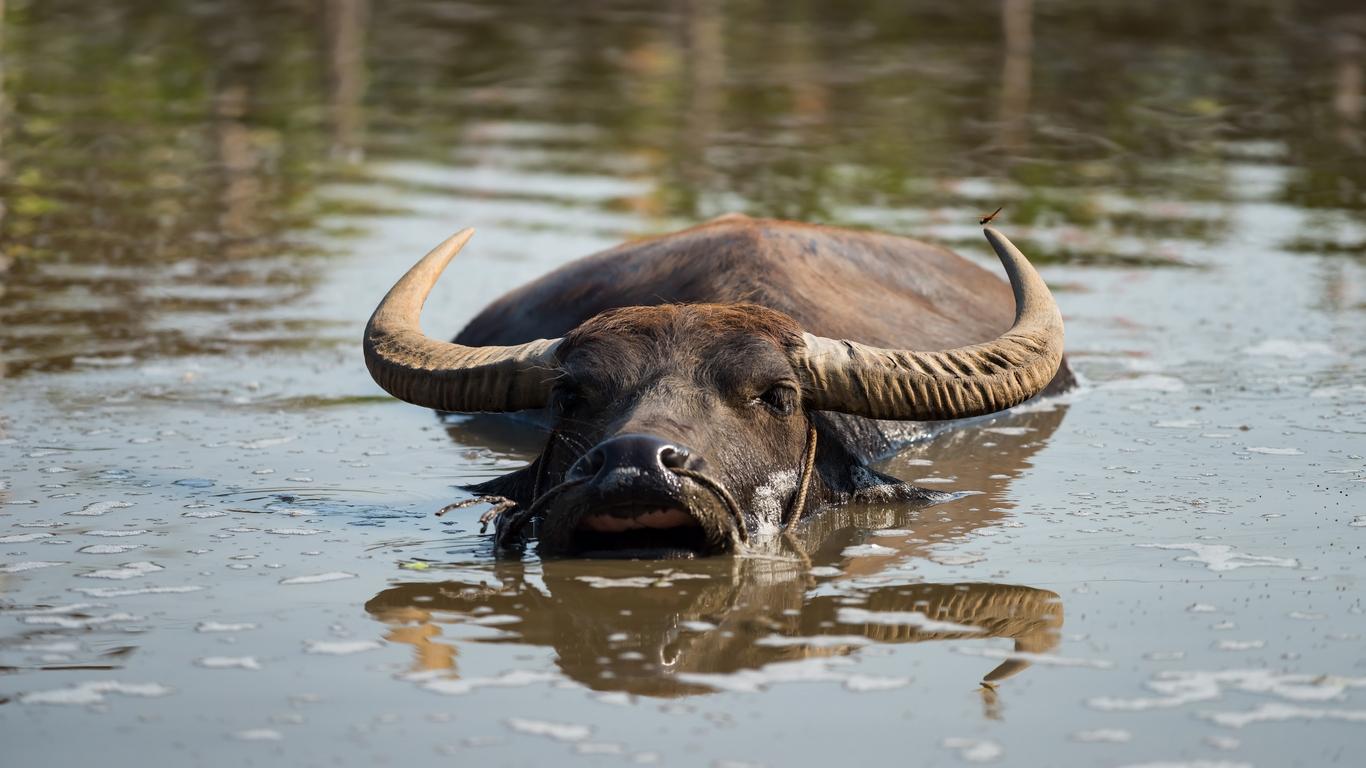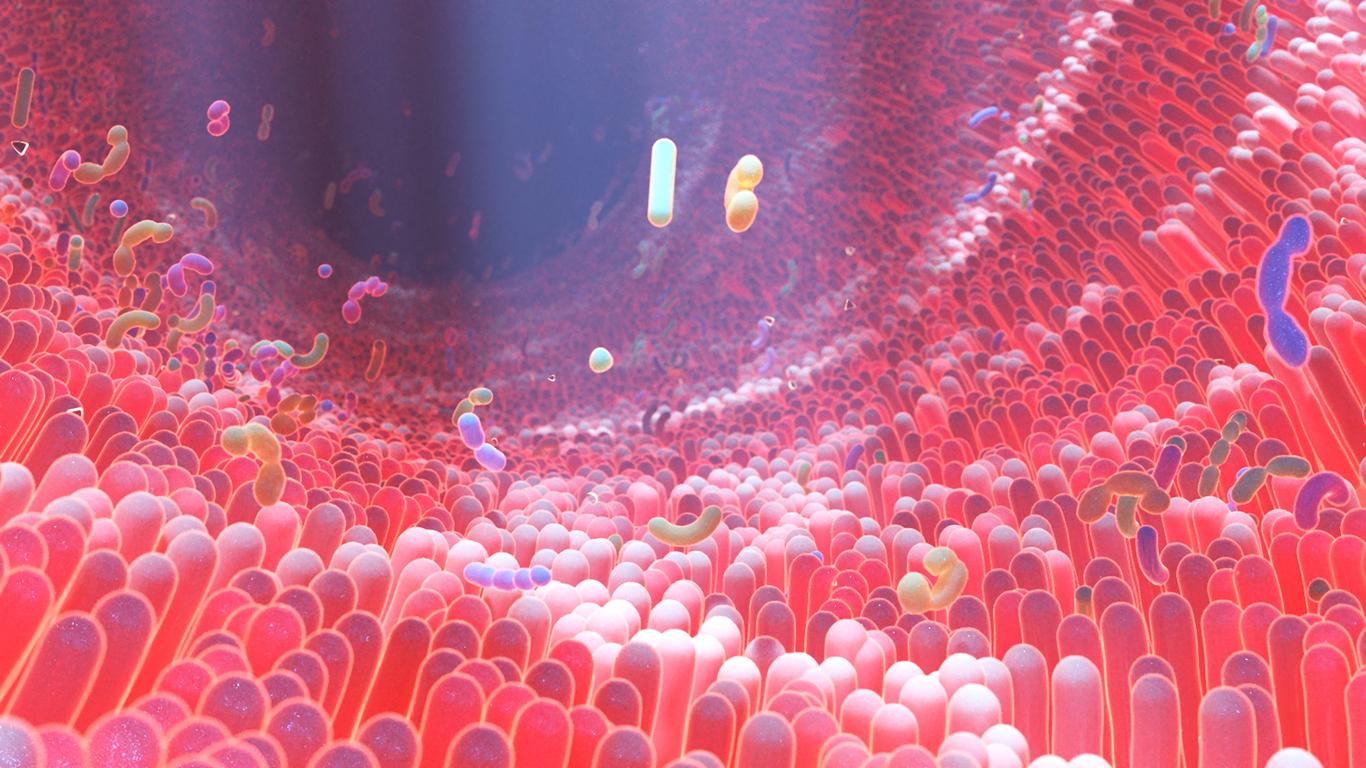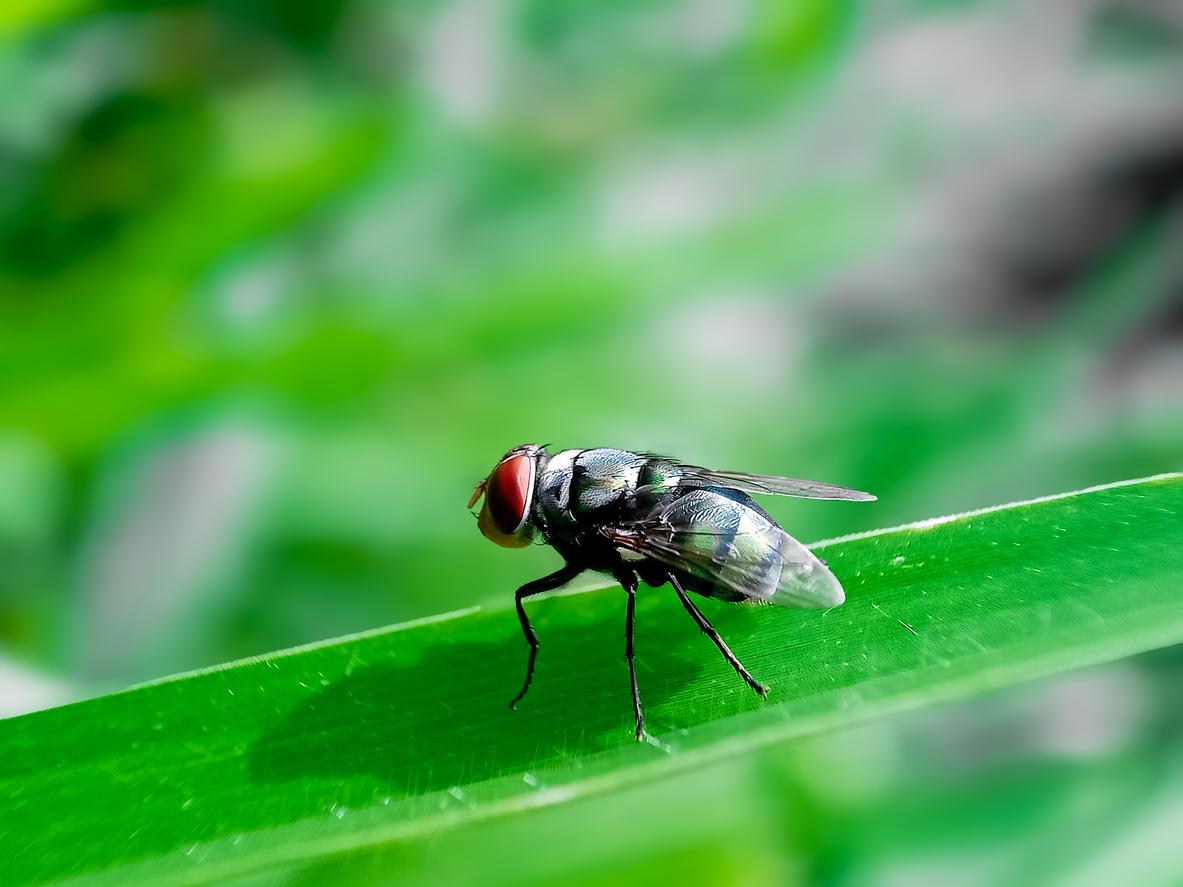A new British study shows that 26 animals in regular contact with humans, including dogs, cats or cattle, are vulnerable to SARS-CoV-2.

- Computer modeling has highlighted the risk of nearly 26 animal species to be infected with SARS-CoV-2.
- Mammals, including pets and livestock, are primarily affected.
- Birds or reptiles, on the other hand, have little risk of catching and transmitting SARS-CoV-2.
Our pets are likely to catch Covid-19.
This is the conclusion reached by researchers at the University College of London (UCL), England. In a large study published in Scientific Reportsthe researchers demonstrate that at least twenty-six animals in regular contact with humans could be vulnerable to SARS-CoV-2, the virus responsible for the Covid-19 disease.
The same pattern of infection as in humans
To reach this conclusion, the researchers sought to understand how the spike protein “S” of SARS-CoV-2 interacts with the ACE2 receptor, a key protein in the physiology of Covid-19, necessary for the entry of the viruses in human cells. The objective of their work was to determine whether mutations in the ACE2 protein in 215 different animals – and therefore different from the human version – reduce the stability of the binding complex between the virus protein and the host protein, and hence the risk of infection.
The study authors then discovered that for some animals, including sheep and great apes (chimpanzees, gorillas, orangutans and bonobos, many of which are endangered in nature), the proteins would be able to bind together as well. strongly than when the virus infects humans.
This is the first work to focus on the risk of infection in livestock, and in particular sheep. “We wanted to look beyond the animals that have been studied experimentally, to see which animals might be at risk for infection, and warrant further investigation and possible surveillance.”explains Christine Orengo, lead author of the study.
According to the researcher, the animals “could be exposed to disease outbreaks that could threaten endangered species or harm farmers’ livelihoods”. It is also possible that they serve as reservoirs of the virus, with the possibility of reinfecting humans later.
Possible infection of many mammals
However, not all the animals studied have the same risk of Covid-19 infection. By carrying out more detailed structural analyzes for some animals and then comparing the results, they found that most birds, fish and reptiles do not appear to be at risk of infection, unlike mammals which can potentially be infected.
The team’s findings are mostly consistent with experiments conducted in live animals and with reported cases of infection. They thus predict possible infection in cats, dogs, mink, lions and domestic tigers, all of which have had reported cases, as well as in ferrets and macaques, which have been infected in laboratory studies. .
“The details of host infection and severity of response are more complex than just spike protein interactions with ACE2, so our research continues to explore interactions involving other host virus proteins”emphasizes Christine Orengo.
Also watch the animals
For Joanne Santini, who participated in the work, the results obtained show the need to protect animals against the coronavirus, but also to be careful, we humans, to protect ourselves against the risk of one day catching Covid-19 from an affected animal. For it, “we need large-scale monitoring of animals, especially pets and farm animals”she recommends. “It can also be important to take hygienic measures when caring for animals, as we have all learned this year, in order to reduce transmission, and to isolate infected people from animals and other people.”
.















